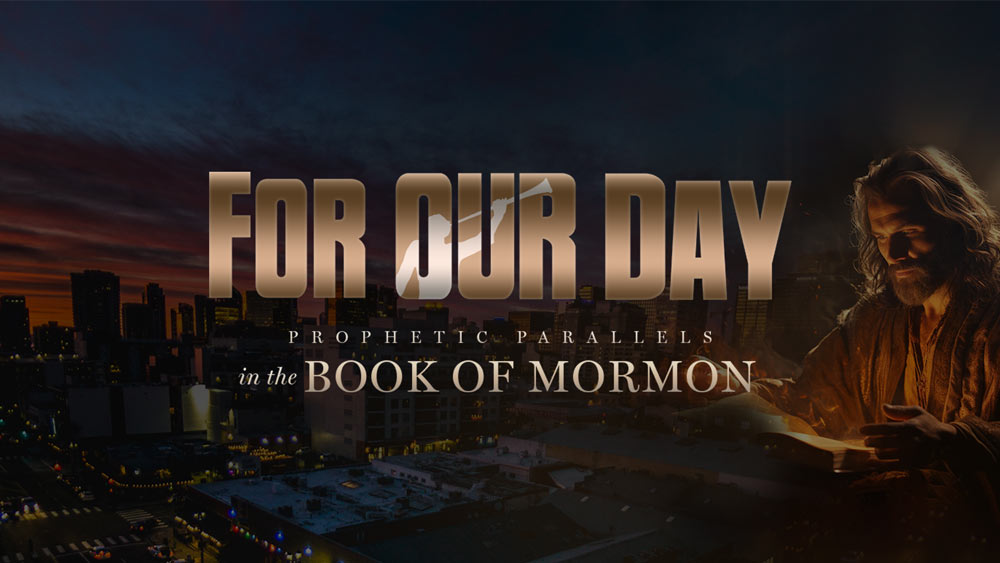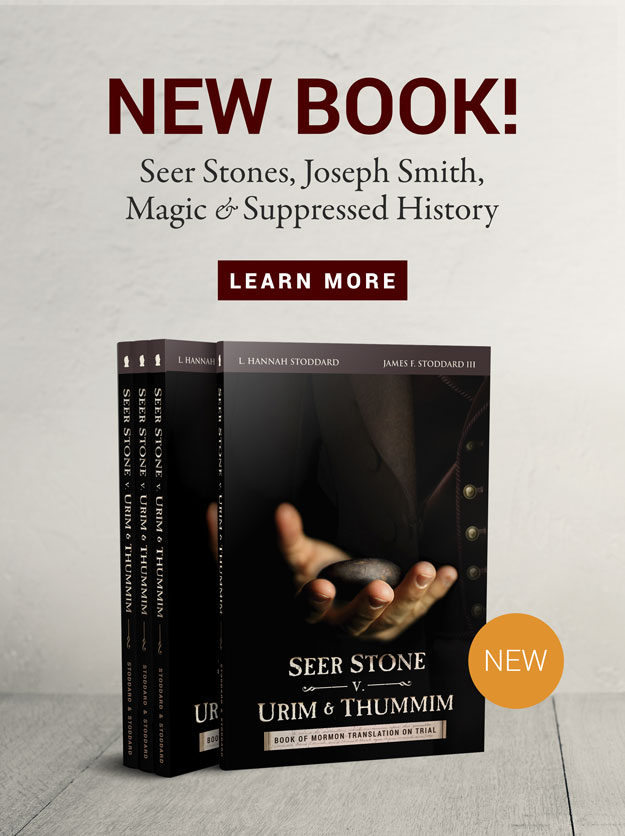Associated Locations:
- Newark, Ohio
Associated Dates:
- 1860 – Ohio Decalogue Stone found
- 100 BC – The site where the objects were found is known as The Newark Earthworks, one of the biggest collections from an ancient American Indian culture known as the Hopewell that existed from approximately 100 BC to AD 500.
Providential Importance in History

The Ohio Decalogue Stone or Ten Commandment Stone was found in Ohio by archaeologists during the excavation of an ancient burial mound in 1860. It was covered in a form of Hebrew that translated to the Ten Commandments we find in the Bible.
Wayne May Discusses Ohio Decalogue Stone
Glenn Beck Discusses Ohio Earthworks and Ohio Decalogue Stone
ZionTube: Glenn Beck: Native Americans were Hebrew
The find of the Ohio Decalogue stone came in November 1860 when Wyrick and his excavation team came across a sandstone box which contained a small, black limestone rock within (the type of rock was identified by geologists Dave Hawkins and Ken Bork of Denison University). This rock was carved with post-Exilic square Hebrew letters on all sides translated to be a condensed version of the Ten Commandments. The name Decalogue Stone, comes from the translation of the Hebrew letters that outline the religious and moral codes described in Exodus 20:2-17 and Deuteronomy 5:6-21, which refer to the Decalogue or Ten Commandments. The inscription begins on the front at the top of an arch above the figure of a bearded man who is wearing a turban, robe, and appears to be holding a tablet. It runs down the left side, continues around all sides, and makes its way back to the front up the right side to where it began. This pattern indicates that the inscription was meant to be read repetitively. Right above the figure of the man is a separate inscription which translates to “Moses”.


Physical Dimensions
The Decalogue stone measures 6-7/8″ (17.5 cm) long, 2-7/8″ (7.3 cm) wide, and 1-3/4″ (4.2 cm) thick (as measured from cast) 1
Orson Pratt Account

Thirty years after the Book of Mormon was put in print, giving the history of the settlement of this country, one of the great mounds south of the great lakes near Newark, in Ohio, was opened. What was found in it? A great many curiosities, among which were some copper pieces, supposed to be money. After digging down many feet, and carrying off many thousand loads of stone, they at length found a coffin in the midst of a hard kind of fire clay. Underneath this they found a large stone that appeared to be hollow; something seemed to rattle inside of it. The stone was cemented together in the middle, but with some little exertion they broke it open, when another stone was found inside of it, of a different nature entirely from its covering. On the stone taken from the inside was carved the figure of a man with a priestly robe flowing from his shoulders; and over the head of this man were the Hebrew characters for Moshe, the ancient name of Moses; while on each side of this likeness, and on different sides of the stone, above, beneath, and around about were the Ten Commandments that were received on Mount Sinai, written in the ancient Hebrew characters. Now recollect that the Book of Mormon had been in print thirty years before this discovery. And what does this discovery prove? It proves that the builders of these mounds, south of the great lakes in the great Mississippi Valley in Ohio, Indiana, Illinois, New York, etc., must have understood the Hebrew characters; and not only that, but they must also have understood the law of Moses. Otherwise how happened it that they should write on this stone the Ten Commandments almost verbatim as they are now contained in King James’ translation of the Bible. It proves that the builders of these mounds were Israelites, and that their illustrious dead, buried in these mounds, had these commandments buried with them, in accordance with the custom of many of the ancient nations, especially the Egyptians, who were in the habit of consigning their written sacred papyrus to their great tombs. In Egypt many of these ancient manuscripts have been exhumed and, in many instances, pretended to be translated. So the Israelites followed the customs of these Eastern nations, and buried that which they considered most sacred, namely, the Ten Commandments, thundered by the voice of the Almighty in the midst of flaming fire on Mount Sinai in the ears of all the congregation of Israel.
I have seen that sacred stone. It is not a hatched up story. I heard tell of it as being in the Antiquarian Society, or rather, as it is now called, the Ethnological Society, in the City of New York. I went to the Secretary of that Society, and he kindly showed me this stone, of which I have been speaking, and being acquainted with modern Hebrew, I could form some kind of an estimate of the ancient Hebrew, for some of the modern Hebrew characters do not vary much in form from the ancient Hebrew. At any rate we have enough of ancient Hebrew, that has been dug up in Palestine and taken from among the ruins of the Israelites east of the Mediterranean Sea, to form some kind of an estimate of the characters that were in use among them; and having these characters and comparing them, I could see and understand the nature of the writing upon these records. They were also taken to the most learned men of our country, who, as soon as they looked at them, were able to pronounce them to be not only ancient Hebrew, but they were also able to translate them and pronounced them to be the Ten Commandments. This, then, is external proof, independent of the Scriptural proofs to which I have alluded, in testimony of the divine authenticity of the Book of Mormon.
Now, our modern Hebrew has many points; it has also many additional characters not found in the ancient Hebrew. These additional characters have been made since these colonies left Jerusalem. Do you find on these ancient writings any of these modern characters that have been introduced during the last two thousand four hundred years? Not one. Do you find any Hebrew points representing vowels? Not one; and all the new consonants that have been introduced during the last two thousand four hundred years were not found upon this stone to which I have referred, showing plainly that it must have been of very ancient date. 2







